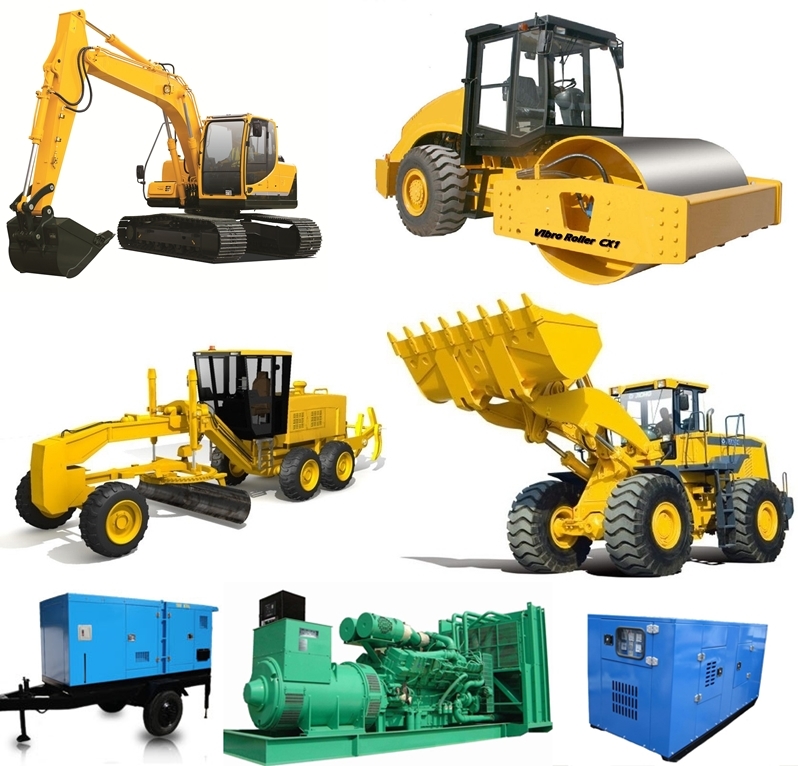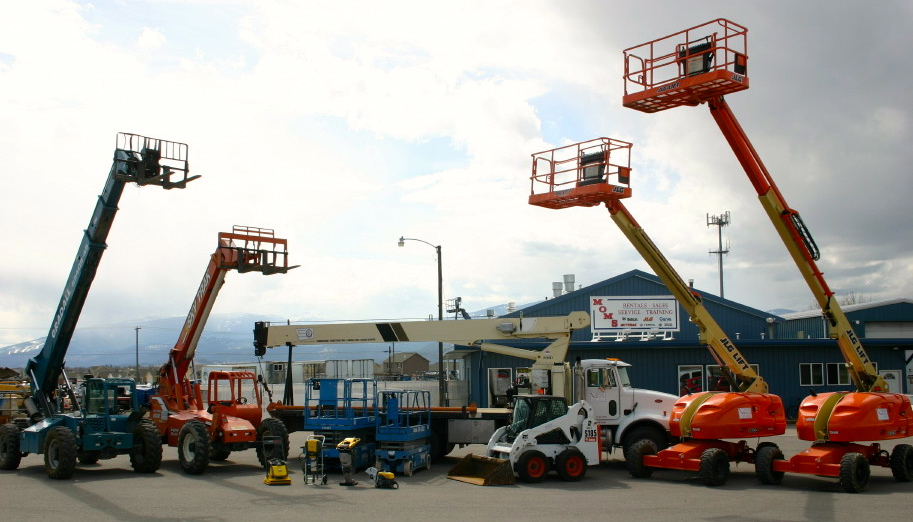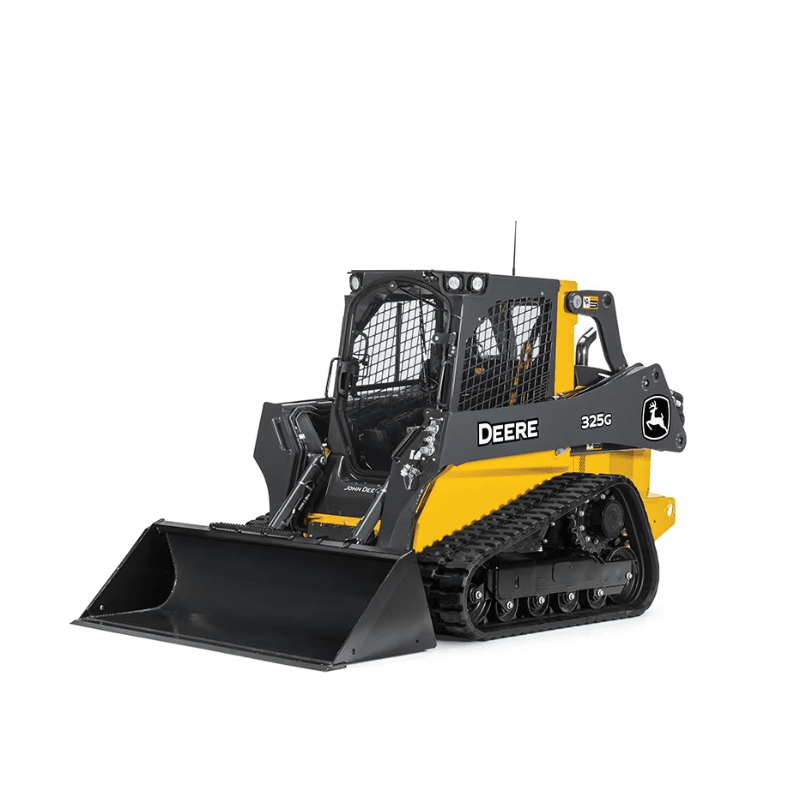Construction Equipment Rentals: Sturdy Machinery for Your Tasks
Construction Equipment Rentals: Sturdy Machinery for Your Tasks
Blog Article
Maximize Your Spending Plan by Recognizing the Expenses Connected With Building Equipment Rentals
Understanding the complete extent of expenses connected with construction equipment rentals is essential for optimizing your budget plan. While the preliminary rental cost might seem uncomplicated, many additional expenditures-- such as transport, gas surcharges, and upkeep-- can swiftly build up, impacting your economic planning. Being mindful of various costs and the complexities of rental agreements can aid prevent unexpected economic problems. What methods can be employed to properly take care of these expenses and make certain a much more reliable rental experience?
Overview of Rental Expenses
When considering building and construction devices rentals, recognizing the connected prices is vital for effective budgeting and task planning. Rental prices can vary significantly based on numerous variables, including equipment kind, period of rental, and place. The initial rental charge frequently mirrors the devices's market need and its connected functional abilities, influencing the general expense.
In enhancement to the base rental rate, ancillary prices may emerge, such as transportation costs, fuel surcharges, and upkeep fees. It is important to make up these additional expenses to properly examine the total price of leasing devices. Additionally, the rental period can influence rates; longer leasings may receive discounted rates, while short-term leasings could sustain higher everyday charges.

Break Down of Rental Rates
An extensive understanding of rental rates is important for professionals and project managers intending to maximize their spending plans. Rental prices for building and construction devices usually contain a number of components, consisting of base prices, time-based fees, and usage fees.
Base prices are the core costs connected with the leasing of the devices, typically identified by the type and size of the machinery. These prices can vary considerably, influenced by factors such as tools need, accessibility, and regional market trends. Time-based charges, which might be daily, weekly, or monthly, offer to accommodate various task timelines and rental periods.
In addition, rental rates may include use charges, which are suitable when devices is used beyond a specified limit, making sure that the rental business can account for wear and tear. Seasonal demand variations can likewise impact rental rates, with peak construction seasons normally regulating greater rates.
Moreover, comprehending the rental company's plans regarding upkeep and insurance can supply further insight right into the overall expense framework. By evaluating these elements, contractors can make educated choices, guaranteeing the option of rental equipment lines up with both task requirements and spending plan constraints.
Additional Charges to Think About
Recognizing the intricacies of additional fees is important Full Report for service providers to handle their overall rental expenses efficiently. Beyond the common rental prices, various extra costs can significantly impact the overall expense of devices leasing. These costs usually include shipment and pick-up costs, which can vary based on range and logistics associated with transferring the devices to and from the job website.
Furthermore, some rental business may impose fuel surcharges if the equipment is returned with less gas than when rented out. It is additionally vital to understand potential cleansing costs, specifically for customized tools that calls for complete upkeep after use.

Thoroughly reviewing the rental arrangement and clearing up these additional costs in advance can help service providers prevent unexpected prices and guarantee that budget plans remain undamaged throughout the project lifecycle.
Repair And Maintenance Costs
Normal repair and maintenance costs are frequently forgotten elements that can dramatically influence the total cost of building and construction equipment services. When renting devices, it is crucial to think about not just the rental fees however additionally the prospective prices connected with keeping the equipment in optimal operating condition.
Several rental companies include basic maintenance as component of the rental agreement; nonetheless, more unforeseen failures or extensive repair services can lead to extra expenditures. It's important to evaluate the rental agreement thoroughly to comprehend what upkeep solutions are covered and what duties fall on the occupant.
Additionally, devices that is not properly maintained can result in inadequacies on the job website, potentially raising and triggering hold-ups task prices. To reduce these threats, it is a good idea to conduct regular inspections and maintain open communication with the rental company relating to any type of problems that occur during use.
Insurance and Liability Costs
Insurance policy and responsibility prices are essential parts that can substantially affect the overall expense of building and construction Get the facts tools services (boom lift rental). These costs guarantee that both the rental business and the client are protected from possible monetary losses occurring from accidents, damages, or theft throughout the rental duration

In addition, clients need to recognize any kind of deductibles or exclusions in the insurance coverage, as these can impact potential out-of-pocket costs. Comprehending the terms and conditions of any kind of insurance protection is vital to prevent unexpected expenses. Ultimately, budgeting for insurance coverage and responsibility costs can aid ensure a smoother rental experience and secure versus financial threats connected with building and construction jobs.
Conclusion
In conclusion, a thorough understanding of the expenses linked with building tools leasings is essential for effective budget plan administration. Inevitably, informed decision-making pertaining to equipment rentals contributes to the general success of construction endeavors.
Rental costs can vary considerably based on a number of factors, including tools kind, period of service, and place (construction he said equipment rentals). The rental period can impact pricing; longer rentals may certify for reduced rates, while temporary services may sustain higher everyday fees
By conducting thorough research and engaging with trusted rental firms, professionals can efficiently navigate the complexities of rental pricing, inevitably maximizing their financial sources.
Past the basic rental rates, numerous supplemental costs can dramatically affect the total cost of devices service. Rental business frequently supply liability insurance policy that covers injuries to third parties or damage to home, while devices damages insurance coverage can cover the expense of repair work or substitute if the rented out equipment is harmed.
Report this page